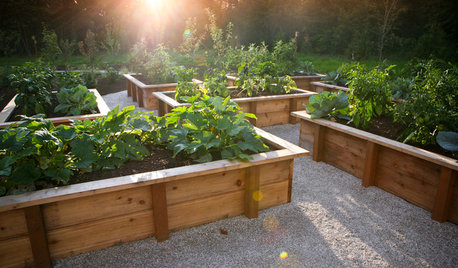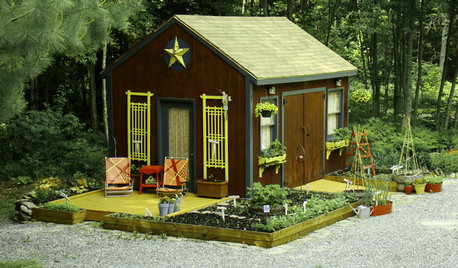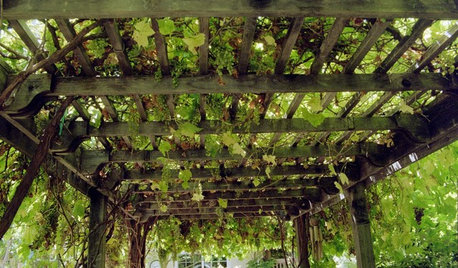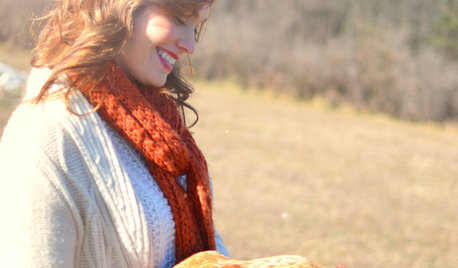Composting in raised bed gardens
captainjack
14 years ago
Related Stories

GARDENING GUIDESGet on a Composting Kick (Hello, Free Fertilizer!)
Quit shelling out for pricey substitutes that aren’t even as good. Here’s how to give your soil the best while lightening your trash load
Full Story
GARDENING AND LANDSCAPINGBuild a Raised Bed to Elevate Your Garden
A bounty of homegrown vegetables is easier than you think with a DIY raised garden bed to house just the right mix of soils
Full Story
GARDENING GUIDES8 Materials for Raised Garden Beds
Get the dirt on classic and new options for raised vegetable and plant beds, to get the most from your year-round garden
Full Story
FARM YOUR YARDHow to Build a Raised Bed for Your Veggies and Plants
Whether you’re farming your parking strip or beautifying your backyard, a planting box you make yourself can come in mighty handy
Full Story
SPRING GARDENINGInspiring Raised Beds for Fall and Spring Planting
Make Your Next Vegetable Garden Even Better with Beautiful Boxes and Paths
Full Story
GARDENING AND LANDSCAPINGRaised Beds Lift Any Garden
From good old-fashioned wood garden boxes to modern metal troughs, raised beds can make any landscape space look great
Full Story
GARDENING AND LANDSCAPINGDig This Garden Shed Makeover for Less Than $300
New paint, accessories and raised vegetable beds turn a drab outpost into a colorful charmer
Full Story
FARM YOUR YARDAdvice on Canyon Farming From L.A.'s Vegetable Whisperer
See how a screened garden house and raised beds help an edible garden in a Los Angeles canyon thrive
Full Story
GARDENING AND LANDSCAPINGVertical Gardens Raise the Limits for Landscapes
Turn a small garden space into a towering success with an upward-bound collection of edible delights
Full Story
GARDENING AND LANDSCAPINGRaise Backyard Chickens Without Ruffling Neighbors' Feathers
Before you build a coop in the backyard, follow these strategies to help keep your neighbors from squawking
Full Story






kqcrna
led_zep_rules
Related Professionals
Leawood Landscape Architects & Landscape Designers · Seabrook Landscape Architects & Landscape Designers · Stamford Landscape Contractors · Matthews Landscape Contractors · Wilmington Landscape Contractors · Cupertino Landscape Contractors · Rancho Santa Margarita Landscape Contractors · Suitland Landscape Contractors · Wilsonville Landscape Contractors · Yukon Landscape Contractors · Draper Decks, Patios & Outdoor Enclosures · New York City Decks, Patios & Outdoor Enclosures · San Antonio Decks, Patios & Outdoor Enclosures · Wilmington Decks, Patios & Outdoor Enclosures · Highland Decks, Patios & Outdoor EnclosuresKimmsr
captainjackOriginal Author
lazy_gardens
kqcrna